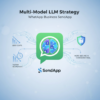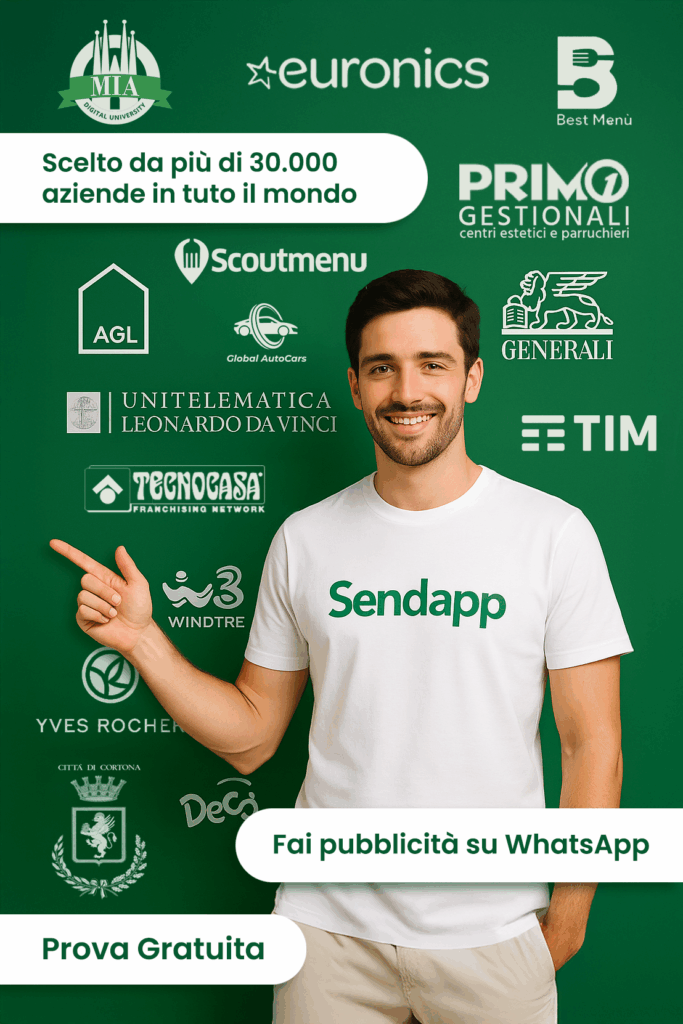We are entering the age of relevance. Find out what Matt Ramerman, president of Sinch Engage, said about the era of the marketing loyalty is concluding in this article originally posted on Target Marketing.
According to a recent Harvard Business Review article, the era of marketing loyalty is over. The opinion, written by three senior Accenture executives, explores marketing as sequential trends that replace each other.
The authors believe we are now entering a new era of relevance. Briefly, each era is characterized as follows:
- Mass Market (1960s / 1970s) The era of mass production, scale and distribution.
- Segmentation (1980s) More sophisticated consumer research has enabled marketers to target customers in niche segments.
- Technological advances at the customer level (1990s / 2000s) in corporate IT have made it possible to target users under the password customer lifetime value.
- Loyalty (2010) The age of CRM, bespoke incentives and advanced retention. Obviously, it is the technology in each of these phases that is the catalyst for change.
- The mass-market era of Coca-Cola and McDonald's was made possible by cars, highways, and television for commercials. Likewise, the age of loyalty, with guys like Amazon, was created by sophisticated CRM systems.
We are now entering an era of relevance:
Mass communication with the previously unreachable segment of one. New data techniques are increasingly brought into play that exploit both explicit data - what is known about a customer (name, previous purchases or contract type - in the case of wireless operators) and implicit data - information that can be inferred. from behavior.
The data used in this way allows marketers to target individuals by name, based on their unique preferences, while - increasingly - interaction occurs via mobile messaging.
There is evidence that relevance is gaining momentum. According to the latest survey from the sales analytics firm, Periscope By McKinsey, Personalized Messaging Triggers Action: Consumer 31% is invited to respond to product messages related to their interests; in particular, updates relating to the availability and price of the product.
So why do so many companies get their loyalty wrong? To frame the question further, in the era of previous loyalty, the goal was to bring customers to a brand by providing a reward of some kind, a discount offer, or a fremium service. This currency was the goodwill of the brand, which created a relationship with consumers that forced them to return.
However, consumers no longer actually show loyalty based on these incentives. Rather, they seek out the best deal for themselves in their time of need. Enabled by the digitization of everything and the proliferation of smartphones, spontaneity is the norm.
And with a market flooded with offers and discounts, who can blame them?
Loyalty can be built for a short period of time, with a customer shopping at your store one day, but expecting them to switch to a competitor the next week, because a different offer appeals. For businesses, this eventually becomes a race to the bottom, undermining competition and eroding profits, while goodwill (loyalty) dissipates as quickly as it is created.
A common misconception is that brands and businesses use loyalty as a short-term tactic, rather than a strategic goal. Loyalty is obviously important, but it is the mechanics of any given program that must change. This means carefully examining the customer journey and identifying opportunities to deliver amazing experiences that speak directly to individual customer preferences at the appropriate moments of interaction and not just at the top of the sales funnel.
These could include:
Before a purchase: An offer based on something like cart abandonment behavior. A personalized message could show that garment (as a static image or in video format) and provide a link so that the customer can find the nearest store or an option to buy it directly online.
After a purchase: for example on board a new customer who has recently registered for a service. The goal could be a warm welcome, an acknowledgment of what a particular customer has adhered to, and some orientation on the next steps.
As part of the ongoing customer experience:
Rich dynamic messages that augment known metadata with third-party data, adding an extra layer of utility. A customized notification from an airline, for example, based on a customer's flight information adding weather forecasts of the destination location.
In other words, building relevance goes far beyond simply offering personalized rewards, blending the customer experience with a host of other goals like onboard product awareness and upgrade.
Importantly, the more the interaction is useful to the consumer, the more it has the potential to create loyalty. Gartner calls this "tailor-made help," and 88% of respondents to its recent consumer survey said they did not receive it; again, okay







